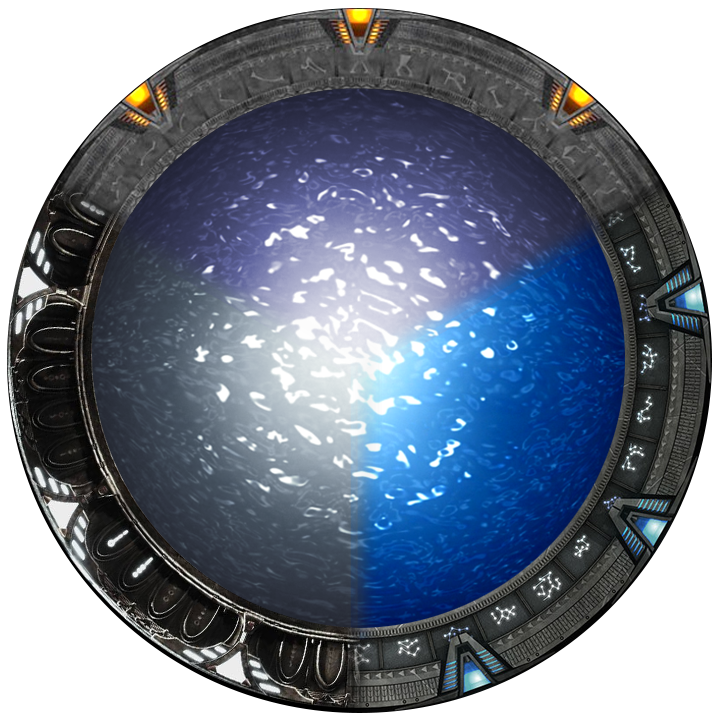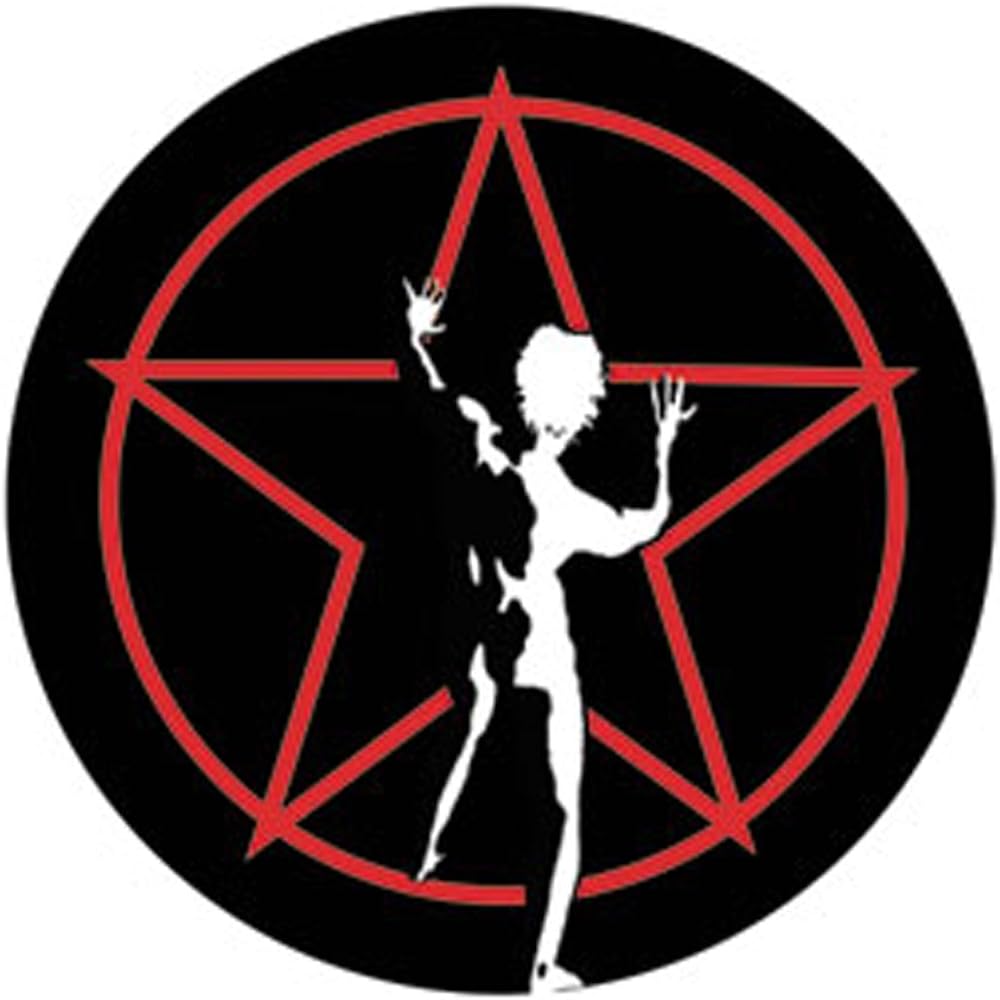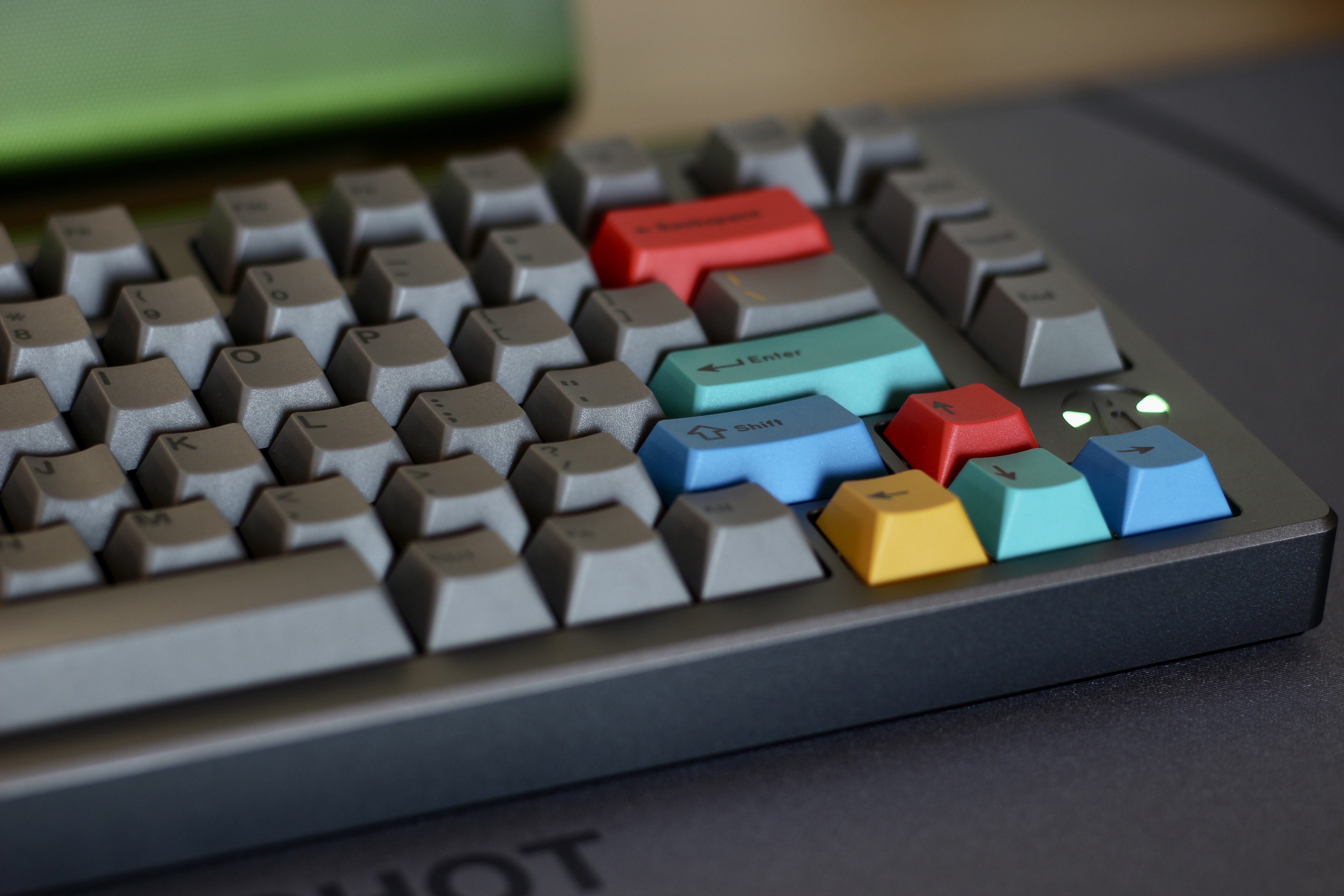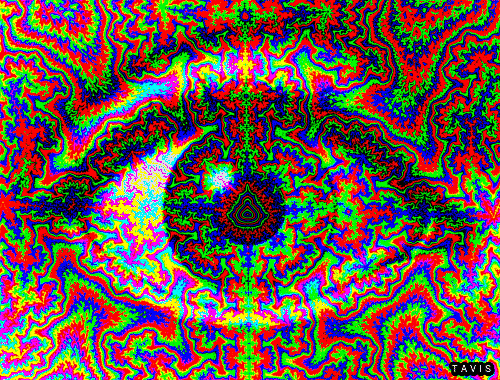Humans use base 0x0A. Beep boop.
Obligatory Jan misali video:
It’s a language issue. We say 10 because we don’t have a single digit symbol to represent 10. If a alien with 20 fingers came we wouldn’t recognized their symbols for anything bigger than 9. Base 4 creatures don’t use 4 because after 3 comes 10 for them.
What do you mean? X is 10. 1 symbol.
Considering this, for us humans base-10 is base-X
For the four fingered aliens base-10 is base-4. But they don’t call it base 4 because they don’t use 4 like we don’t use X. They say base-10 because for their language it’s how they say 4. And that applies for all bases.
So we should say base 9+1? Or base ✋🤚 this many.
Hey mathematicians, is this a good universal way to communicate number bases? I think y’all would call it 1111111111₁ or something like that
Fun tangent, on my hands that would be 1023 because I count in binary on my fingers
Actually, I saw this meme before and I didn’t notice the alien has four fingers. Do we use base 10 because we have that number of fingers??? Is there really a proof of that?
It’s a good reason for us to use base 10, but in the past many people have not used base 10. However, the bases a society use often are somehow tied to something about the body. As an example (haven’t looked it up for a while, sorry), I think there is/was a group that used base 8, and counted on the gaps between their fingers.
We wouldn’t recognize the aliens symbols for 0-9 at first either.
should interstellar contact ever actually happen, maths would be the first (and for a long while, probably the only) thing we’d actually be able to communicate in.
What do you mean they don’t use A B C D E for 10 11 12 13 13 15?
Need more JPEG!
Available with less JPEG on the original source (archived).
I personally like base infinity
Agree! I don’t know why other people don’t get how convenient it is to have a distinct character for every single number imaginable.
Single digit numbers always
I only see bleem rocks though. Where are people getting 3 and 4 from?
i only recognize bleem as two possible things. dropout.tv’s Brennan Lee Mulligan or the company that emulated playstation games on the dreamcast, got sue by sony and won, setting the precedent that emulation is a legal process, but folded under the weight of the lawsuit anyway.
Doesn’t matter how many digits you use. The first number after the last possible single digit is 10. If the first digit tier is 0 and the second is 1 it means it’s the number after you have used all the possible digits to express a number with a single digit number. Guess it’s harder to explain.
It’s like language is missing one or two precise words to articulate the idea in better terms
Every number system is base 10.
Binary is base 1+1.
Ternary is base 2+1.
Octal is base 7+1.
Decimal is base 9+1.
Duodecimal is base B+1.
Hexadecimal is base F+1.Excuse me but 1+1=2 not 10. Binary is base 2. Check mate.
1+1=10 in binary
Try explain that to non binary people. They won’t get it
The joke “there are 10 kinds of people in the world” exists for a reason.
There are 2 kinds of people in the world : Those who can extrapolate from incomplete data
Extrapolate is a fancy word for pulling something out of ones ass.
I was trying to make a silly dumb joke but it doesn’t seem like it landed :/
I chuckled
Every base is base 10.
What about base 0? Checkmate, mathists.
Wouldn’t that be base 1?
it would be ‘what’s a base?’
I think it’s saying you can factor out the zero because it’s zero and we’re looking for “base sets” which for us 1’s? Factoring every number system down to whatever their base set is equivalent to that original 1’s relationship with zero?
It seems a little more esoteric than the practical reality that an alien might just count on it’s digits which could be any base number, and we should understand that, particularly if it gets so bad on Earth we have to leave soon.
I haven’t taken math in a very long time.
If the human was smart he would say that we use base 22. Then everyone would understand.
yeah but to be fair how smart can an astronaut be
Hey everyone! We have this skyscraper sized tank of hydrogen and oxidizer! Who wants to sit on top when we light it on fire?
oh that looks fun! I’ll go!
… what’s an oxidizer?
In Chinese/Japanese, there’s 四 rocks in both base 10, and base 4. (8 rocks would be 二四 in base 4).
I think the concept of “base” is easier to understand when you include a numeral for the highest base (10 = 十, 20 =二十).
Of course, arabic numerals are more concise, using position to imply meaning (21 = 二十一).
Doesn’t base 4 only go up to 三? Like binary is base 2 and only has 0 and 1. 四 would be base 5.
they already said that they have numerals for the base they use. from what I understood, basically imagine we use base 10 but have a numeral for it, let’s say X. our numbers go like this:
1, 2, 3, 4, 5, 6, 7, 8, 9, X, X1,X2, X3, X4, X5, X6, X7, X8, X9, 2X, 2X1, 2X2, etc…
so i imagine it’s similarwhen they use base 4:
1, 2, 3, 4, 41, 42, 43, 24, 241, 242, 243, 34…
mind that i have no knowledge on this and I’m only interpreting what i understood from the comment above.
But the extra numeral that you’re representing with X would be base 11. It’s like how hexadecimal uses A-F for 10-15. But the range of numerals still ends at 15 instead of 16 because the 0 exists.
you’re conflating number systems. in this number system the positioning doesn’t assign value. that’s like saying Roman numerals are base 1001 because M.
8 rocks would be 二四 in base 4
ok but what about 16? there’s symbols for powers of 10 but not for powers of 4
I think when I first saw this comic, the punchline was “what’s a four?” which I find funnier.
Having seen this for the first time, that was my first thought for an improved punchline.
Yes this is the better version that I’ve seen too
But there’s 5 rocks?
I don’t understand :(
When you count up the 1’s place, you go 0,1,2,3,4,5,6,7,8,9 and then it rolls over into the 10s place.
But in “base 4”, it goes: 0,1,2,3,10,11,12,13,20. 3 is the highest value possible in any of the digits place.
Therefore “10” in base 4 = 4 in base 10, but saying it in base 4 is written as 10.
You can change your base to any base and whatever base it is would have to be written as base 10 because the number above the highest one in that base doesnt exist, it’s 10.
Lots of good explanations here, but one thing I’d like to clarify. WHY we add digits together to represent larger numbers. Understanding this helped me to count in binary when I was a young IT technician.
In base 10, we have 10 numbers we use to count everything, each represented by a single digit 0-9. There is no single digit to represent the number 10, so we add a digit to the left and start over at 0 on the right. Hence, the number 10. Then 11-19 in serial.
But we’ve run out of digits to use again. So we add another digit to the left and start over on the right. Thus, 20.
When you get to 100, you’re now starting over at the right-most digit and have to fill up both right digits before the left digit moves up one.
Same goes for binary, where the only two digits are 0 and 1. Once you’ve counted to one, you’ve run out of digits to use, so you add a 1 to the left and start over on the right. So 2 is written as 10 in binary. Then 3 is 11. Then you’ve run out of digits again, so you add another one to the far left and start over. 4 is 100. 5 is 101. 6 is 110. 7 is 111. No more space, so add another 1 to the left and start over. 8 is 1000. 9 is 1001. 10 is 1010. 11 is 1011. 12 is 1100. And so on…
With computers, we sometimes use a hexadecimal numbering system, also known as base 16 (hex = 6, deca = 10). In this case, we need 16 unique digits before we start reusing them. So we borrow from the alphabet. We use 0-9, then go through A-F before we add a 1 to the left and start over at 0.
You can literally create a base-anything and use that to count numbers. Once you figure out how we add digits to count, it’s super easy!
Oh wow, I am a software dev but never really had a reason to understand binary but this makes so much sense
Really good explanation. Always thought I had a general grasp of both binary and hexadecimal, but never really bothered to truly understand. Now I do from 1 minute of reading a comment. Thanks!
My favorite reference for what youve just described is 3blue1browns Binary, Hanoi, and sierpinski which is both fascinating and super acessable for the average non-nerd.
The pressing point is that this recursive method of counting isn’t just a good way of doing it, but basically the most efficient way that it can be done. There are no simpler or more efficient ways of counting.
This allows the same ‘steps’ to show up in other unexpected areas that ask questions about the most efficient process to do a thing. This allows you to map the same binary counting pattern across both infinite paths of fractal geometry with sierpinskis arrowhead curve and solve logic problems like towers of Hanoi stacking. Its wild to think that on some abstract level these are all more or less equal processes.
Good ELI5 of the concept
The number to describe a base is always the number 10 in that base
For example binary is base 2, it has only 1 and 0 as digits, and 2 in binary is 10.
Similarly for 4, and base 10.
So no matter what your numbering system is, with that system it is always base “10”
Every base has a 10. Base 4 numbering goes 1, 2, 3, 10, 11, 12, 20 etc…
You forgot 13
One, two… FIVE
My bad, but I guess I won’t have bad luck
that’s 7 in base 10, so actually it’s good luck you’re not having
(assuming luck goes by numerical value and not written representation)
“Base” is the number of distinct integers you have in play. In Base 10, there are ten of them. 0, 1, 2, 3, 4, 5, 6, 7, 8, 9. You can think of the numeric representation 10 as “1 ten, and 0 ones.”
In Base 2 (binary) the only two digits available are 0 and 1. The first four binary numbers are 0, 1, 10, 11, which represent zero, one, two, and three. In Base 2, “10” means “1 two, and 0 ones.” But, “Base 2” can’t be written in binary, there’s no concept of 2! Indeed, the way we reflect two in binary is 10. Which means, when we’re talking in binary, “Base 2” is written as “Base 10.”
This holds true for EVERY base. In Base 4, we have the digits 0, 1, 2, and 3. So if we want a value of four, we need to write it as 10. “1 four, 0 ones”. So, when we’re talking in Base 4, the way to say “Base 4” is ALSO by saying “Base 10”!
The trick behind it is that numbers written don’t have context-free meaning. You can’t communicate what “10” means without knowing how many distinct digits your conversational partner is working with. Most people have centralized on base 10, but there’s no inherent advantage to doing things that way. Indeed, it’s kind of awkward in lots of ways. Consider Base 12 (the digits of which are most often 0, 1, 2, 3, 4, 5, 6, 7, 8, 9, A, B, as an aside). In Base 12, you can easily divide your base numbers by 1, 2, 3, 4. That’s SUPER handy, since we obviously break things up into groups of 3 and 4 pretty often in our daily lives, but that’s pretty painful in Base 10 because you immediately run into the need for fractions.
If you count in base 10 (from 0 to 19):
0 1 2 3 4 5 6 7 8 9
10 11 12 13 14 15 16 17 18 19
Base 4 (from 0 to 7):
0 1 2 3
10 11 12 13
Base 16 (from 0 to 31):
0 1 2 3 4 5 6 7 8 9 a b c d e f
10 11 12 13 14 15 16 17 18 19 1a 1b 1c 1d 1e 1f
Base 10 means when you count it goes: 1 2 3 4 5 6 7 8 9 10
Base 4 means when you count it goes: 1 2 3 10. 10 would still be equivalent to 4, 11 would be 5, 12 would be 6, and 20 would be 8.
To an alien that counted in base 4, base 4 would be base 10, because 4 is where they start adding 0s to numbers and they don’t have a concept of what 4 is. Probably not really if they were a mathematician alien, but it made me laugh.

















